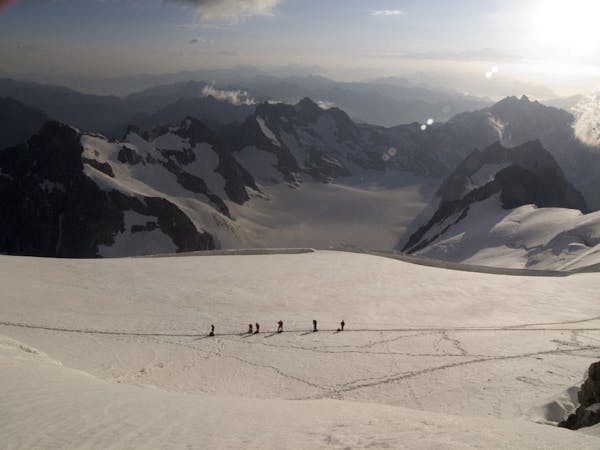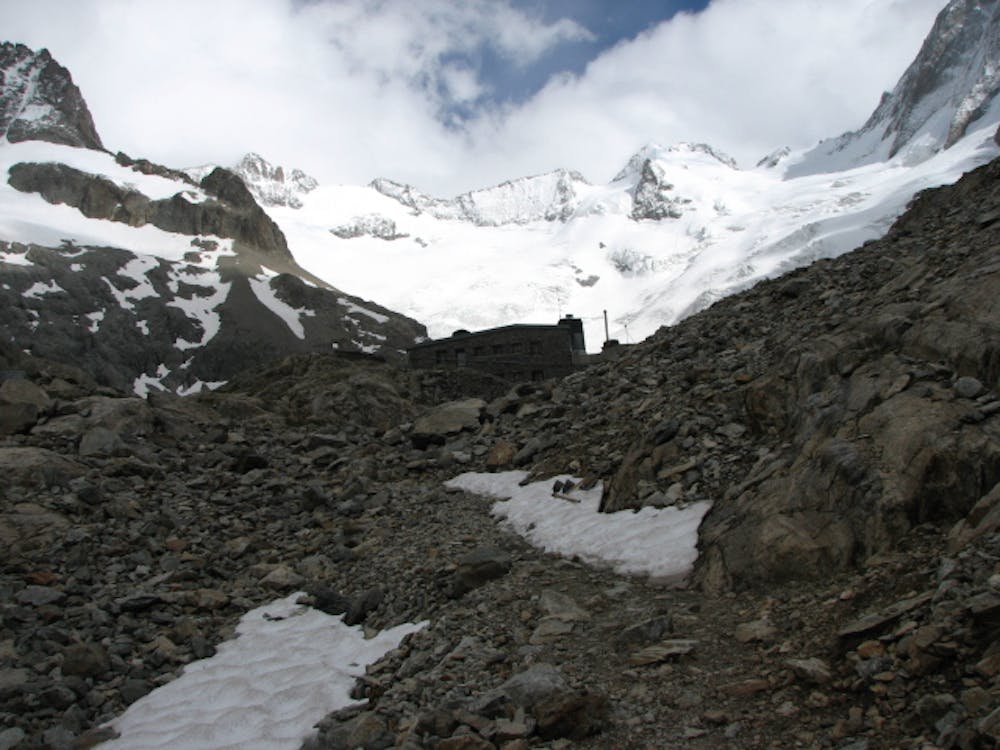
6 routes · Alpine Climbing · Hiking

A beautiful walk up a wild valley to a remote hut with an impressive view
Hiking Difficult

Even to get to the jumping off point for the approach to the Pilatte Hut you have to drive up a very long dead-end valley. This is a truly isolated part of the Massif, far away from any busy commercial hubs. You start from the hamlet of La Bérarde, which is cut off all winter by snow, only coming to life in the lighter months. There are some amenities and local information, but the overall impression is very much of a small mountain base, accessing wilderness in all directions. Indeed legendary French mountain guide Gaston Rebuffat many decades ago wrote of La Bérarde “The soul of this place is mainly made up of space. It needs a great deal of air and sky to breathe.” Little has changed in the intervening time.

Starting from La Bérarde follow the path that follows the L side of the Vénéon river. There is a path that continues up the L side of the river in ascent most of the way, but the bridge at the head of the valley has been swept away, so now you need to cross early at 1880m as marked on the IGN map. This later crosses the Encoula river at 1930m, then continues up the main valley on the shady side. As you round the corner you begin to see impressive views of Les Bans at the head of the valley. At about 2150m the path rises more steeply, zig zagging up to the hut at 2577m. It is superbly situated under the N side of Les Bans with magnificent views onto the Pilatte Glacier.
Difficult
Hiking trails where obstacles such as rocks or roots are prevalent. Some obstacles can require care to step over or around. At times, the trail can be worn and eroded. The grade of the trail is generally quite steep, and can often lead to strenuous hiking.

6 routes · Alpine Climbing · Hiking